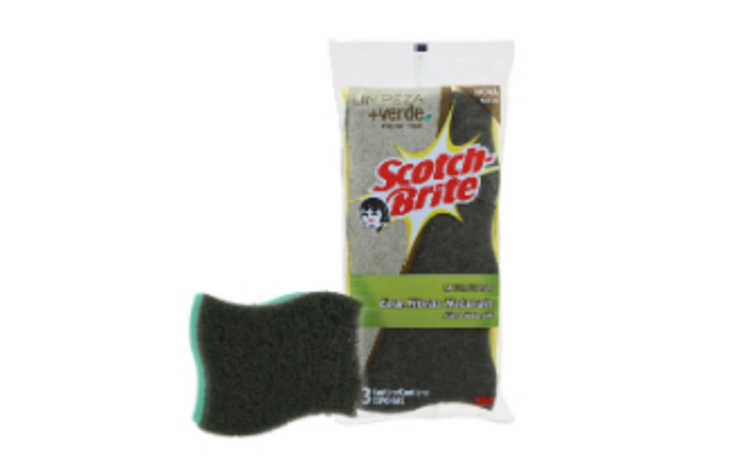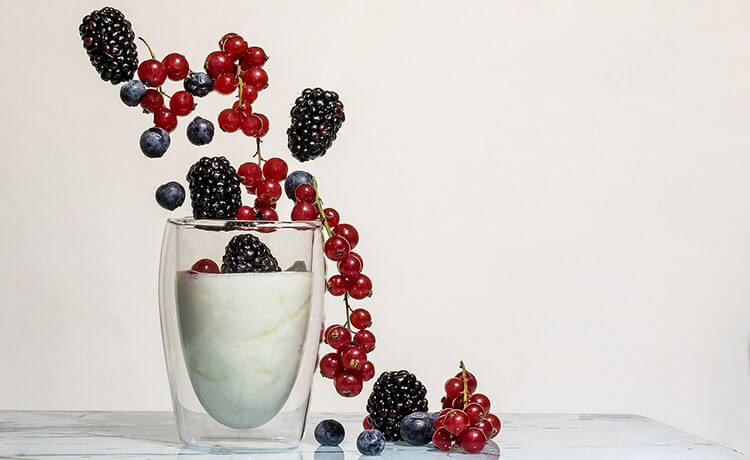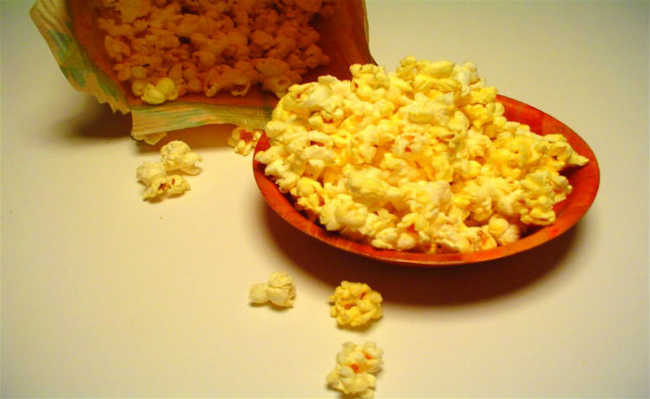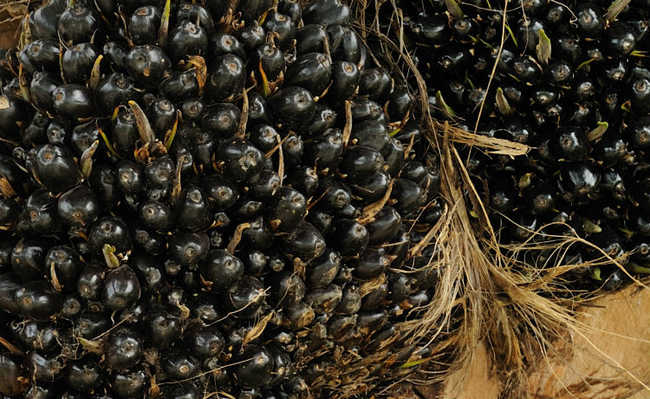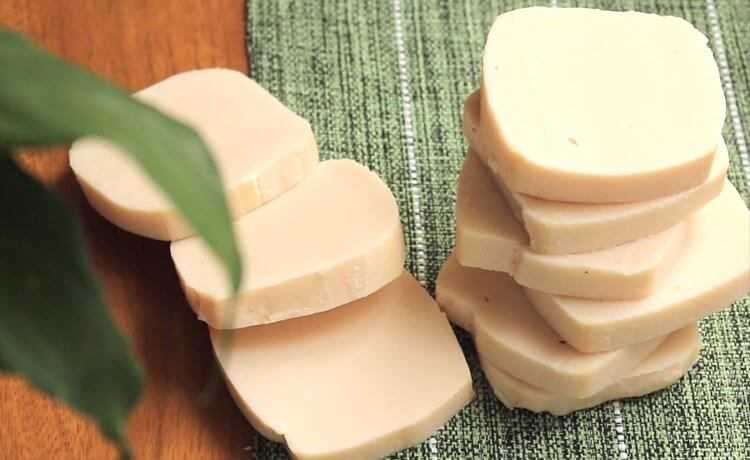BOPP: plastic that wraps sweets and snacks is recycled?
BOPP can go to recycling, but process is difficult

What is BOPP? O bi-axially oriented polypropylene (BOPP) or, better said, bi-oriented polypropylene film, is a type of plastic film found in snack packages, cookies, instant soups, cereal bars, chocolates, PET bottle labels, Easter eggs and so on. It is widely used because it is easy to color, print and laminate. The metallic look is the main visual characteristic of the BOPP , but it can also be transparent, opaque or matte.
The physical properties of BOPP plastic are excellent for good food conditioning, as they avoid product contact with gases, oxygen, temperature and humidity variations. As if that wasn't enough, this type of plastic is easy to print and slides easily on the packaging machines, which improves production yields in food factories.
damage caused
Despite industrial conveniences, if discarded incorrectly, plastic BOPP packages, when they do not clog ditches, aggravating the problem of floods, flow into the sea causing suffocation of animals, with the aggravation of taking at least 100 years to decompose, such as all common plastic. Furthermore, in contact with stem cells, BOPP alters gene expression, being a potential carcinogen.
It must be identified to correctly dispose of it.
Here in Brazil, our packaging consumption is increasing (4 to 7% per year). In 2010 alone, we generated 60.7 million tons of solid waste! And, to our sadness, we managed to recycle only 962,000 tons of all this material.
One of the reasons we are so far from recycling all of our solid waste is the lack of identification or misidentification on packaging.
You've probably already seen that triangle with three arrows indicating that the material is recyclable. It's nice when we find him, but that's not enough. It is also necessary a number indicating the type of material and, in the case of packages that have more than one layer, an acronym indicating the type of coating. This is the case of BOPP, which, in order to be identified, needs to have, in addition to the three arrows, the acronym "BOPP".
Recycling is possible, but there are contradictions
According to the city of São Paulo, for example, the material is considered non-recyclable and ends up not being collected by collectors and cooperatives linked to the institution. Despite this, BOPP is still recyclable, what happens is that BOPP packaging does not have a higher recycling rate due to the lack of correct identification and little information from recyclers and producers about the possibilities for reuse. Evidence that BOPP is recyclable is from studies published in India that attest that BOPP is 100% recyclable. Furthermore, there are large companies supporting the BOPP recycling proposal, as you can see in our article "Kraft and Nestlé supported the construction of a factory that recycles BOPP".

